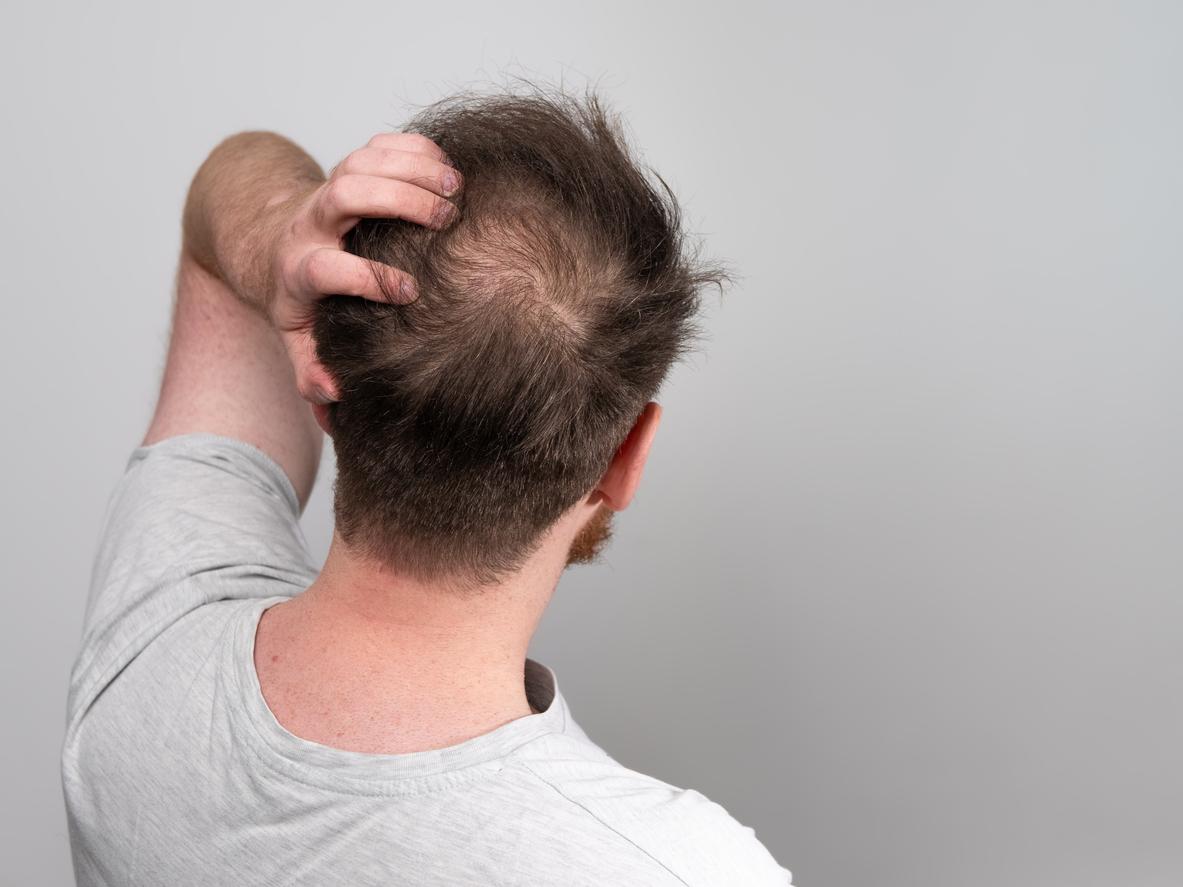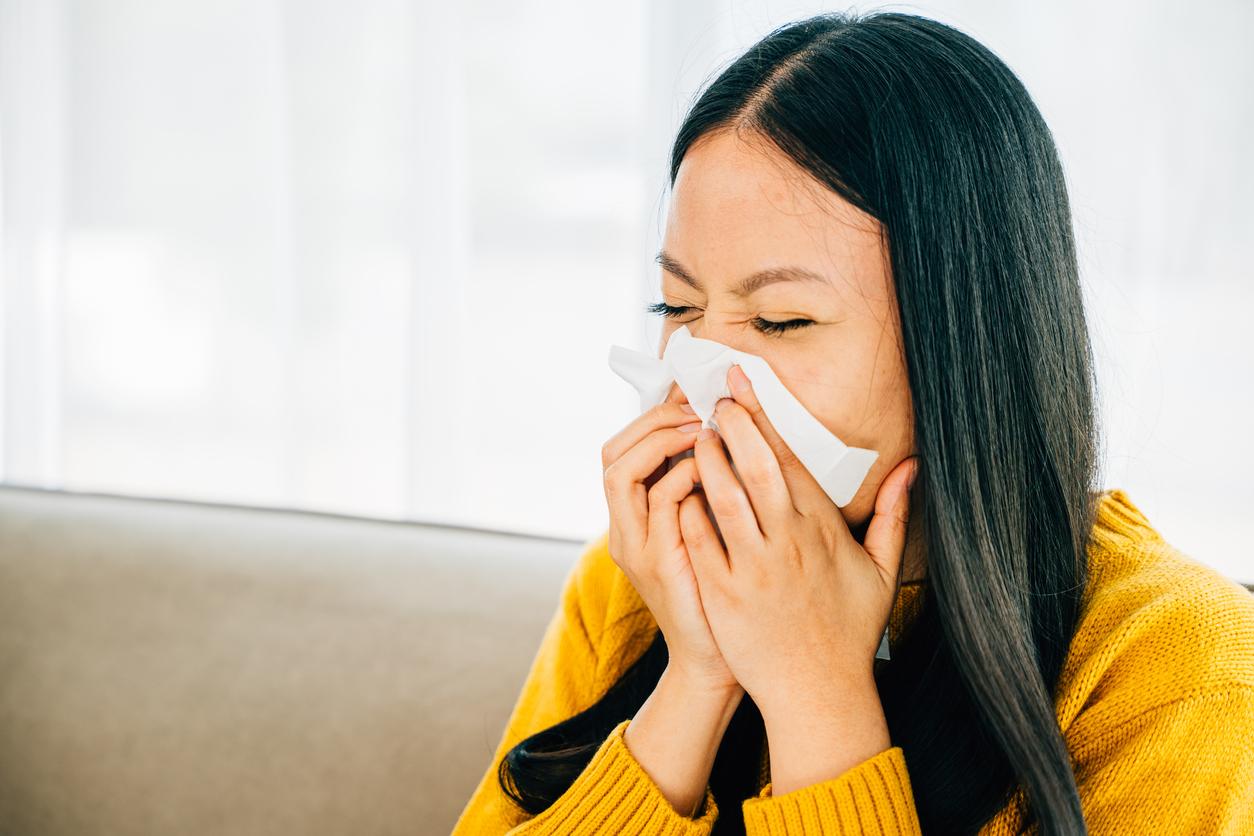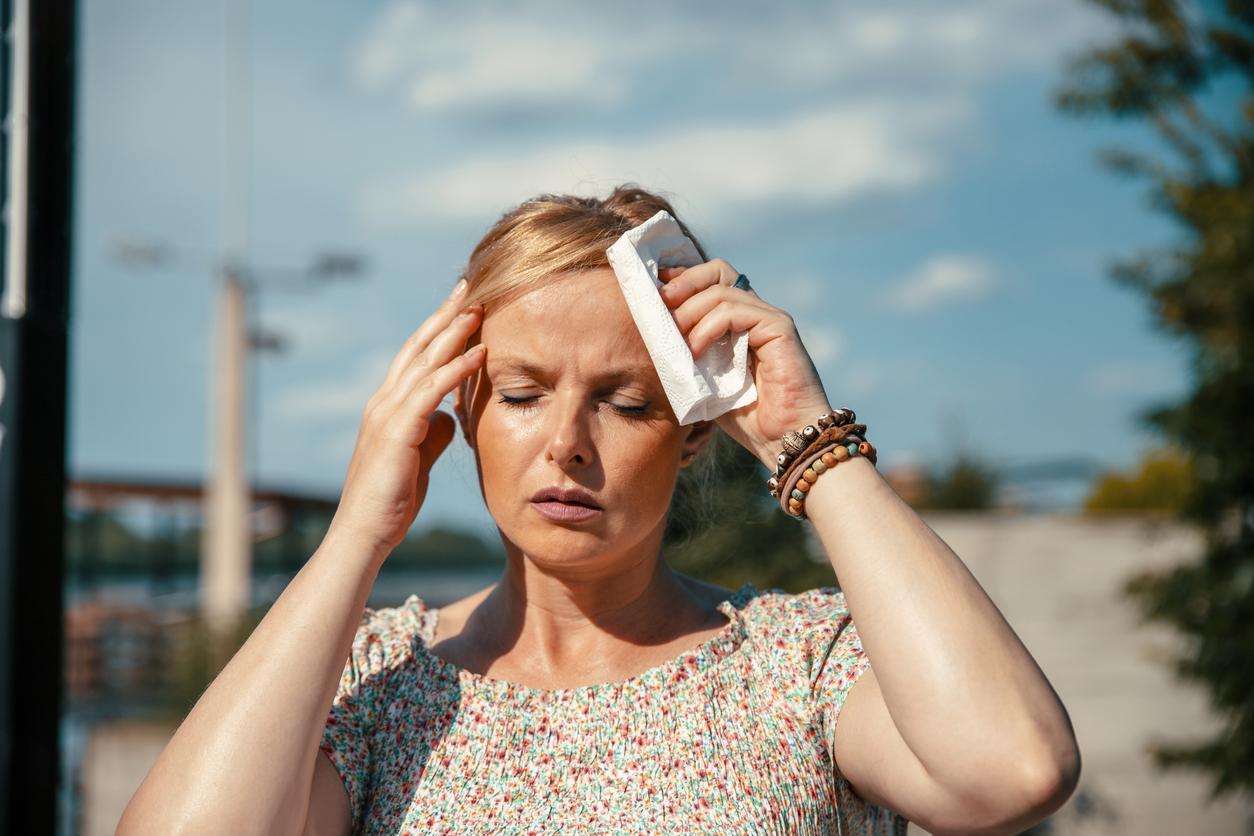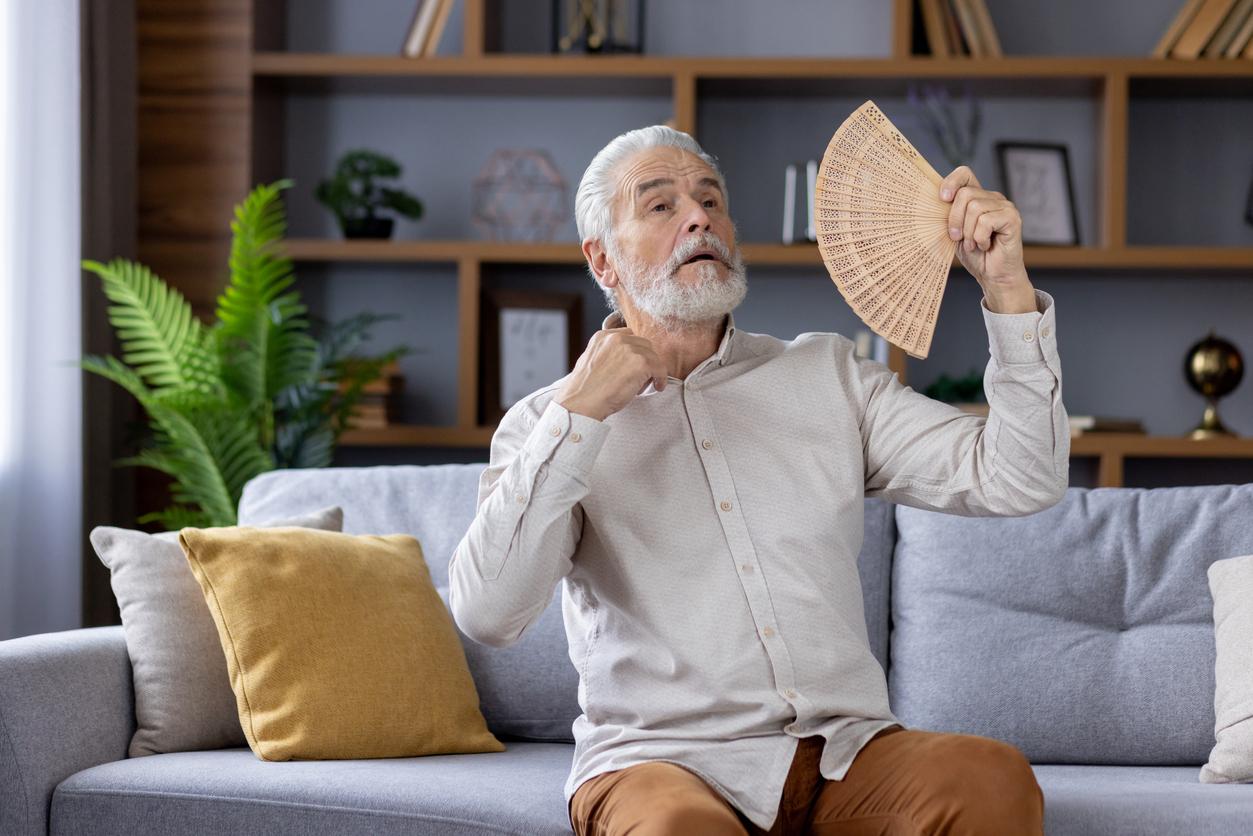The use of hair products combined with the heat of styling tools would promote the spread of volatile organic compounds (VOCs), suspected of being harmful to health, in indoor air.

- Hair products often contain ingredients that evaporate easily, so users can inhale them. These can have repercussions on health.
- The new study shows that the use of hair care products can quickly change the composition of indoor air.
- Furthermore, using heat styling increases VOC levels even more.
Whether it’s to have good hair smooth or pretty curls, heat and styling products are our best allies. But be careful, they seem to pose questions for our health. A study, carried out by theAmerican Chemical Society and published in the journal Environmental Science & Technology, found that the use of hair care products combined with the heat of styling tools can quickly pollute indoor air.
Heat and styling products: chemicals spread into the air
Hair products often contain chemicals (such as siloxanes) to shine or straighten hair. Unfortunately, these ingredients evaporate easily and users can inhale them. The researchers carried out an experiment to determine the behavior of these volatile organic compounds (VOCs) in real-world situations, such as small bathrooms. They asked participants to use their usual hair products, such as creams, sprays and oils, as well as heated tools like a straightener. VOC emissions, including methylsiloxanes cyclic volatiles (cVMS)were measured in real time before, during and after hair styling. The results showed rapid changes in indoor air composition, with cVMS constituting the majority VOCs detected.
The team also noticed that emission levels were influenced by product type, hair length and temperature of the styling tool. Longer hair and higher temperatures released higher amounts of chemicals. These results raise concerns about prolonged exposure to these products and their effects on human health.
Indoor pollution: extract fanair odor, a solution?
Specifically, the researchers estimated that a person’s potential daily inhalation of a cVMS specific, known as D5 and suspected of being harmful to healthcould reach up to 20 mg per day. However, turning on an air extractor fan has been observed to remove most air pollutants from the room in just 20 minutes.
Is this the solution? Researchers are hesitant. They note in their communicated that “this practice could affect outdoor air quality in densely populated cities”.
For them, it would be necessary to carry out in-depth work on the long-term impacts of exposure to siloxanes on human health, because most current results come from animal studies.
















